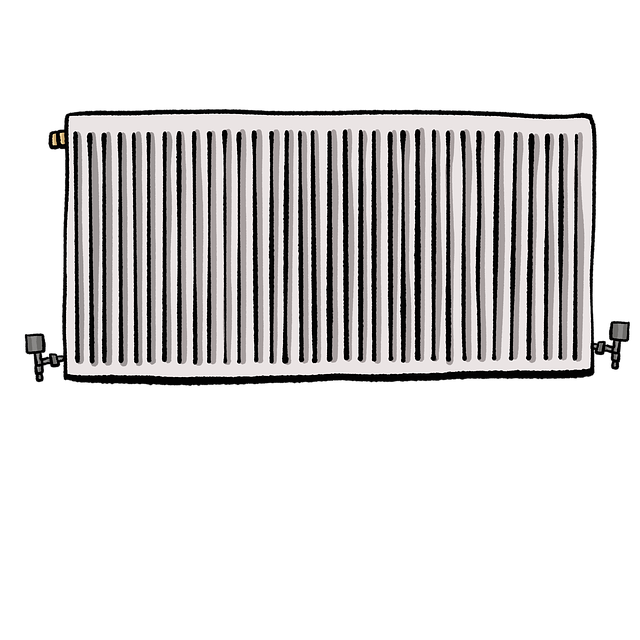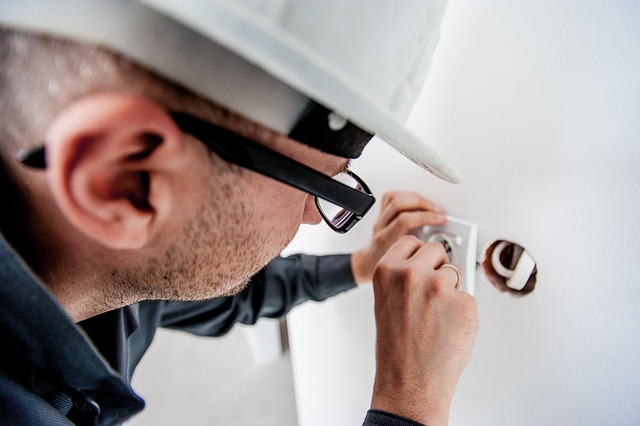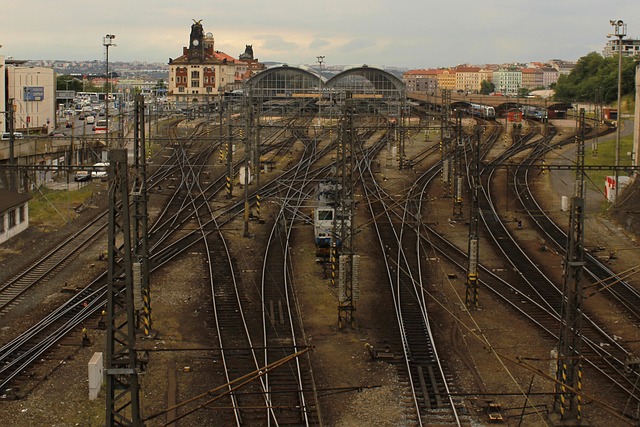Central heating installation offers uniform warmth, energy efficiency, and safety. Modern systems with smart technology reduce utility bills and carbon footprints. Cost varies; budget-friendly options lack efficiency, while high-end systems save energy long-term. Maintenance requirements differ by system age and complexity, impacting overall cost. Choose based on comfort, sustainability, and financial considerations.
Heating systems are essential for comfortable living spaces, but each type offers unique advantages and drawbacks. This article explores the benefits and challenges of various heating options, from traditional central heating installations to modern alternatives. We delve into energy efficiency, environmental impact, cost-effectiveness, and maintenance demands, guiding you through the decision process for the ideal system. Discover how understanding these factors can optimize your indoor comfort while considering budget-friendly versus high-end choices and streamlined versus complex mechanisms.
- Central Heating Installation: Advantages of Standard Systems
- Energy Efficiency and Environmental Impact: A Comparison
- Cost Considerations: Budget-Friendly vs High-End Options
- Maintenance Requirements: Streamlined vs Complex Mechanisms
Central Heating Installation: Advantages of Standard Systems

Central heating installation offers several advantages when it comes to standard systems. One of the key benefits is the consistent and uniform heating it provides throughout a home or building. This uniformity ensures that every room receives adequate warmth, eliminating cold spots that can be uncomfortable for residents. Additionally, modern central heating systems are designed with energy efficiency in mind, incorporating features such as smart thermostats and advanced heat distribution networks to minimize energy consumption and reduce utility bills.
Another advantage of standard central heating systems is their safety features. These systems typically include robust safety mechanisms like pressure switches and overheat protection, which help prevent accidents and maintain a safe living environment. Moreover, they are often easier to maintain and repair compared to individual heating units, as a single system serves an entire building, streamlining maintenance tasks and potentially reducing long-term costs for co-ops or multi-unit dwellings that require reliable and consistent energy solutions.
Energy Efficiency and Environmental Impact: A Comparison

When considering a central heating installation, energy efficiency and environmental impact are key factors to evaluate. Different heating systems have varying levels of performance and sustainability, which directly influence their overall benefit for both homeowners and the planet. Modern central heating systems in newly built homes or as retrofits often boast advanced features aimed at enhancing energy efficiency. These include smart controls that allow precise temperature regulation, reducing energy wastage by automatically adjusting settings based on occupancy and external conditions.
In contrast, older heating systems may be less efficient, leading to higher energy consumption and consequently, a larger carbon footprint. For instance, traditional boilers often have lower energy efficiency ratings compared to modern condensing boilers, which recover heat from exhaust gases, thereby improving overall system performance. When considering the environmental impact, renewable or hybrid heating systems that utilize sources like solar or geothermal energy stand out as more sustainable alternatives. These options significantly reduce greenhouse gas emissions and can be particularly beneficial for areas with abundant natural resources.
Cost Considerations: Budget-Friendly vs High-End Options

When considering a new heating system or optimizing your existing one through a central heating installation, cost is a primary concern for homeowners. Budget-friendly options, such as traditional oil furnaces or co-op-based systems, offer lower upfront costs and ongoing expenses for fuel. These systems are reliable and have a proven track record, making them appealing to those looking for a long-term investment without breaking the bank. However, they might not be as energy-efficient as high-end alternatives, like modern heat pumps or smart thermostats, which can lead to higher utility bills over time despite their initial premium price tags.
High-end heating systems come with advanced features that promise significant energy savings and improved comfort through optimized temperature control. While these options may have a steeper learning curve for homeowners, they offer long-term benefits in terms of reduced energy consumption and lower environmental impact. With the right setup, including timers and scheduling zones, homeowners can further enhance energy efficiency without sacrificing comfort, ultimately making their homes more sustainable and cost-effective in the long run.
Maintenance Requirements: Streamlined vs Complex Mechanisms

When considering different heating systems, one key factor to evaluate is the maintenance requirements. Modern, streamlined systems are designed for minimal upkeep, often relying on regular cleaning and periodic checks. These systems typically have simple mechanisms that can be easily diagnosed and repaired by homeowners or professionals with basic training. Such low-maintenance options are especially appealing for those looking to simplify their home’s comfort management without significant hassle.
In contrast, older or more complex heating systems demand frequent attention. They often feature intricate components that require specialized knowledge to service and repair. For communal living spaces like apartments or condos, where shared vs individual heating systems in community settings come into play, the maintenance responsibilities can become a collective effort. Getting a quote for central heating installation should take into account not just the initial setup but also ongoing maintenance costs, which can vary widely based on system complexity. Common issues with these intricate systems may necessitate professional intervention more frequently, adding to the overall cost and potentially disrupting daily routines due to unexpected breakdowns or repairs.
When considering a central heating installation, it’s clear that different systems offer a range of benefits and drawbacks. Standard central heating systems provide consistent warmth and comfort, while modern alternatives focus on energy efficiency and environmental sustainability. Budget-conscious consumers can opt for cost-effective options, but high-end systems may deliver superior performance and longer lifespans. The choice ultimately depends on individual preferences, with each system having its pros and cons. By weighing these factors, homeowners can make informed decisions to ensure their central heating installation meets both their comfort needs and financial goals.
